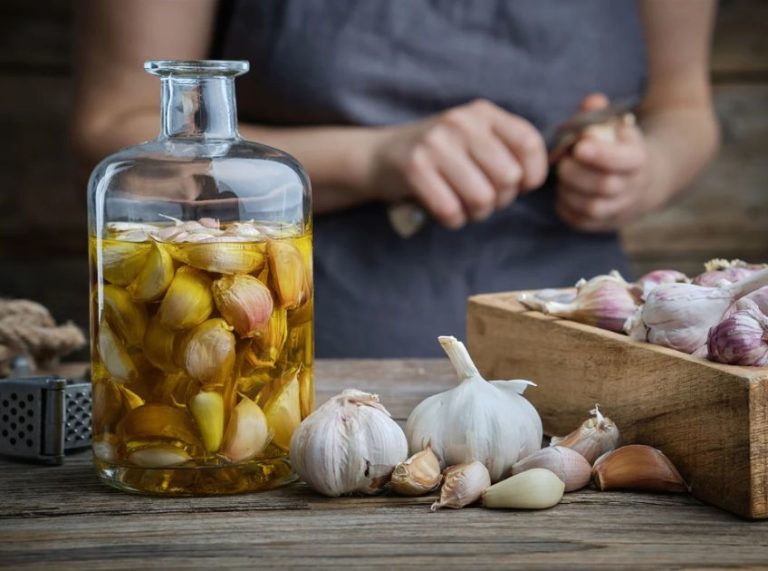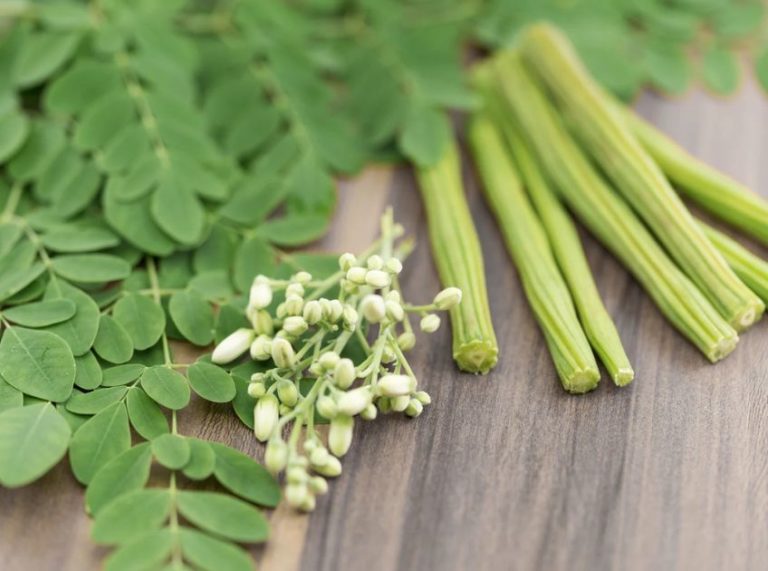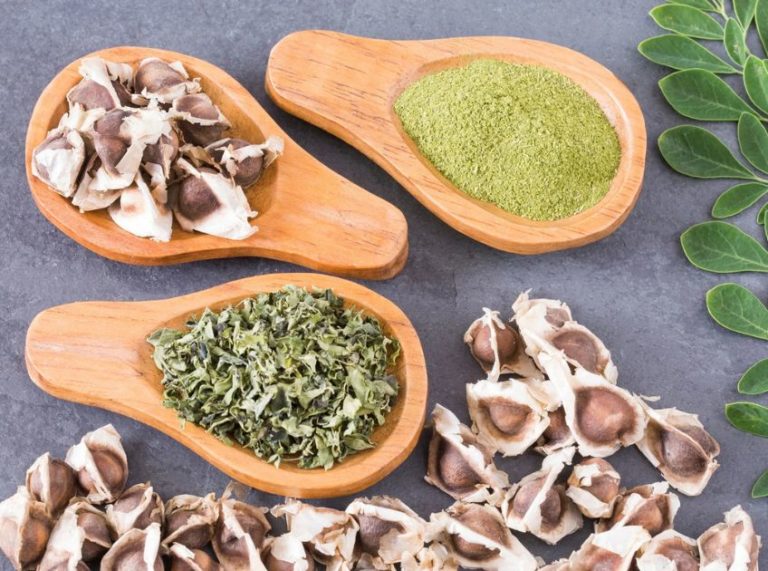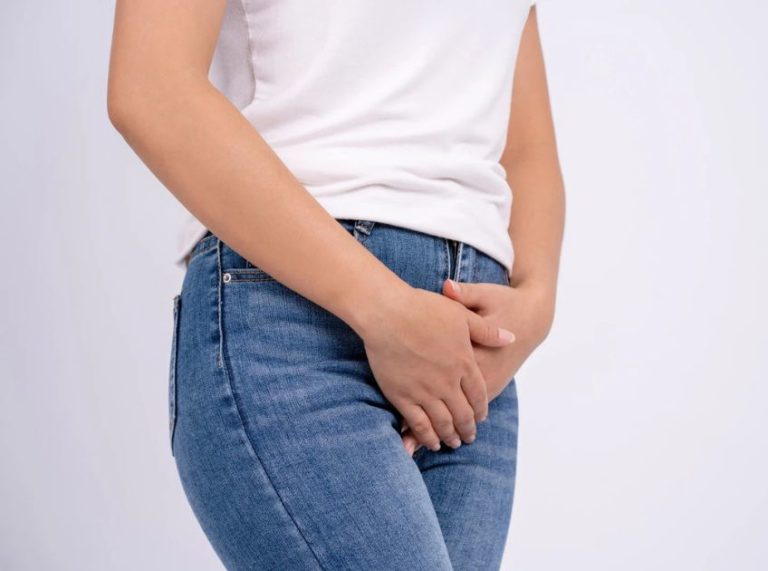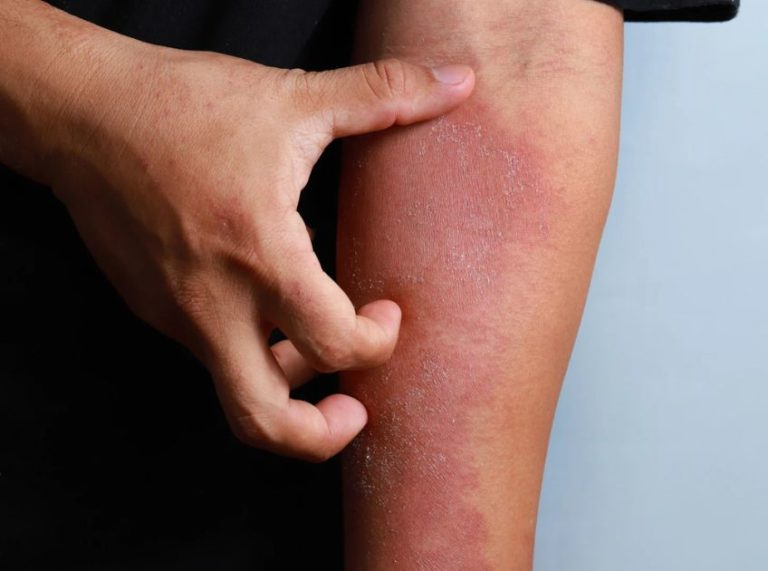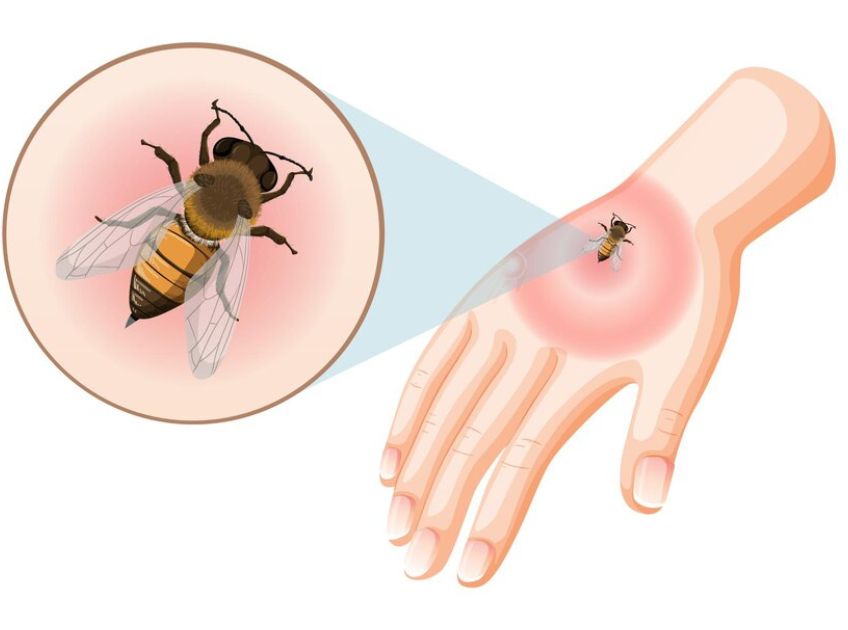
Important: This article is for informational purposes only. Please read our full disclaimer for more details.
Bee stings can be painful, itchy, and even alarming—especially if you’re not sure how your body will react. While most stings are harmless and fade within hours, others can cause swelling, redness, or in rare cases, allergic reactions. Fortunately, several natural remedies can help ease discomfort and support faster healing, using ingredients you likely already have at home.
Article Contains
- Top Home Remedies for Bee Sting Relief
- Time-Tested Natural Treatments Used in Traditional Medicine
- Recognizing a Severe Reaction: When a Sting Is More Than Just a Sting
- Signs of a Life-Threatening Allergy (Anaphylaxis)
- Emergency Care: What to Do If Someone Has a Bee Sting Allergy
- The Science Behind Bee Sting Remedies
Top Home Remedies for Bee Sting Relief
The pain and swelling from a bee sting result from venom injected into your skin. Home remedies can neutralize the venom, reduce inflammation, and soothe irritation. Here are some of the most trusted options:
Ice Compress
A cold pack helps reduce swelling and numbs the area. Apply an ice pack or cold cloth to the sting site for 10–15 minutes every hour.
Baking Soda Paste
Baking soda neutralizes the acidic venom. Mix 1 tablespoon of baking soda with water to form a paste and apply to the sting for 15–20 minutes.
Honey
With natural antibacterial and anti-inflammatory properties, raw honey helps relieve pain and prevent infection. Dab a small amount on the sting and cover with a bandage.
Aloe Vera Gel
Aloe vera soothes inflammation, hydrates the skin, and speeds healing. Apply fresh gel from the leaf or a pure aloe product to the area.
Apple Cider Vinegar
Its acidity may help neutralize the bee venom and reduce itching. Soak a cotton ball in vinegar and apply for 15 minutes.
Scientific Insight: According to Pharmacognosy Reviews (2010), aloe vera and honey exhibit anti-inflammatory, antimicrobial, and wound-healing properties, making them ideal for insect sting management (1)(2)(3)
Time-Tested Natural Treatments Used in Traditional Medicine
Herbal remedies and folk medicine have long offered solutions for insect stings. Some of these time-tested treatments include:
Plantain Leaf Poultice
Crushed plantain leaves draw out venom and reduce swelling. Apply directly to the sting and secure with gauze.
Calendula Salve
Calendula has natural anti-inflammatory and skin-healing abilities. Apply calendula cream or oil to the affected area.
Basil or Onion Juice
Both contain compounds (like eugenol and sulfur) that may help reduce irritation. Crush fresh leaves or slices and apply directly.
Study Reference: A study published in Frontiers in Pharmacology (2018) highlights the wound-healing and anti-inflammatory effects of calendula extract, supporting its use in natural sting treatments (4).
Recognizing a Severe Reaction: When a Sting Is More Than Just a Sting
Most bee stings cause only minor discomfort, but some people may experience more intense symptoms:
- Large area swelling (over 4 inches)
- Red streaks from the sting
- Swollen lymph nodes
- Nausea or headache
These signs could point to a moderate allergic reaction and may require over-the-counter antihistamines like diphenhydramine or topical hydrocortisone.
Signs of a Life-Threatening Allergy (Anaphylaxis)
A small percentage of people are allergic to bee venom and may experience a severe reaction known as anaphylaxis. Warning signs include:
- Difficulty breathing or wheezing
- Swelling of the face, lips, or throat
- Rapid heartbeat or dizziness
- Hives or skin flushing
- Nausea, vomiting, or fainting
Important: Anaphylaxis is a medical emergency. Call emergency immediately and use an epinephrine auto-injector (EpiPen) if available.
Emergency Care: What to Do If Someone Has a Bee Sting Allergy
If you or someone nearby is experiencing a serious reaction:
Use Epinephrine
Administer an EpiPen immediately if available.
Call Emergency Services
Contact emergency responders without delay.
Lay the Person Flat
Keep the individual calm and elevate their legs unless breathing is difficult.
Loosen Clothing
Allow for easier breathing and circulation.
Monitor for Shock
If the person becomes unconscious, begin CPR if necessary.
The Science Behind Bee Sting Remedies
Bee venom contains melittin, histamine, and phospholipase A2—substances that cause pain, redness, and swelling. Natural remedies like honey, aloe vera, and baking soda work by:
- Neutralizing venom acidity (baking soda)
- Reducing inflammation (aloe vera, calendula)
- Antibacterial protection (honey, onion)
A review in Toxins Journal (2015) discusses bee venom’s chemical complexity and the body’s inflammatory response, validating the need for both anti-inflammatory and antimicrobial interventions in treating stings (5).
Frequently Asked Questions (FAQ’S)
Q1: Can I remove a bee sting with tweezers?
A: It’s best to scrape the sting out with a credit card or fingernail. Tweezers may squeeze more venom into the skin.
Q2: How long do bee sting symptoms last?
A: For most people, pain and swelling subside within 1–3 days. For mild allergic reactions, it may take up to 7 days to fully resolve.
Q3: Can essential oils help with bee stings?
A: Yes. Lavender, tea tree, and chamomile oils have anti-inflammatory and antimicrobial properties. Always dilute them before applying to skin.
While bee stings are rarely dangerous, they can be extremely uncomfortable. Using trusted home remedies like baking soda, honey, aloe vera, and cold compresses can provide fast relief. Always be alert to symptoms of allergic reactions, and don’t hesitate to seek emergency care if needed. Nature offers effective and gentle ways to soothe the sting—so keep these remedies close the next time summer buzzes by.



